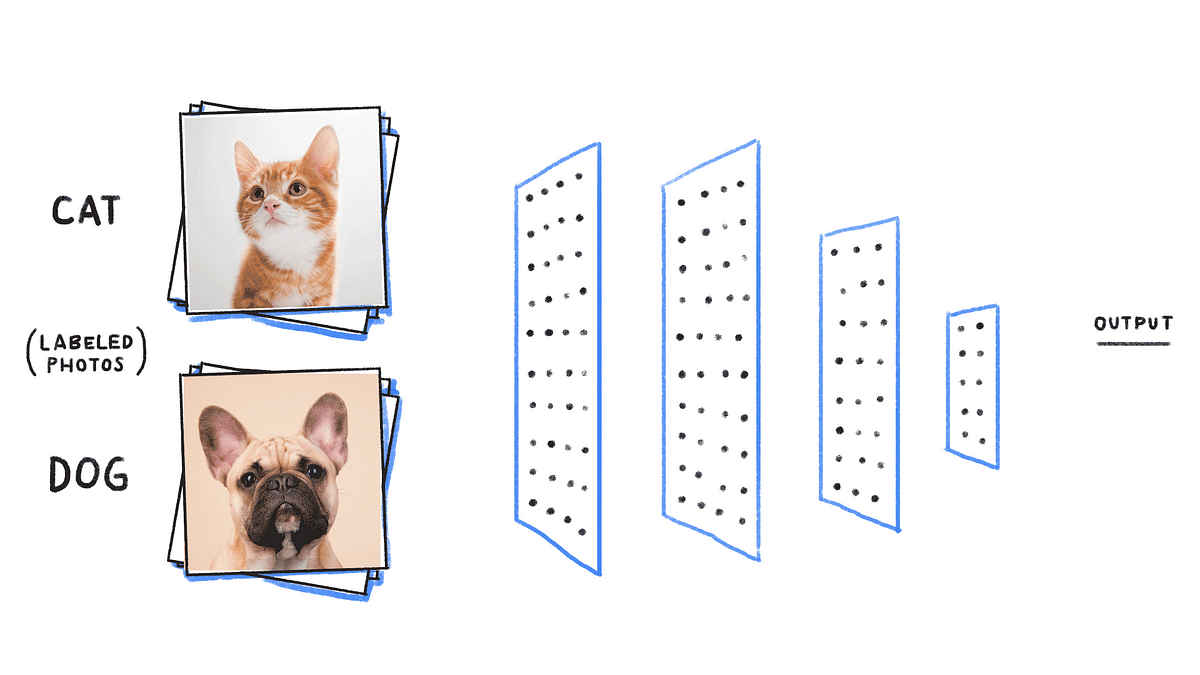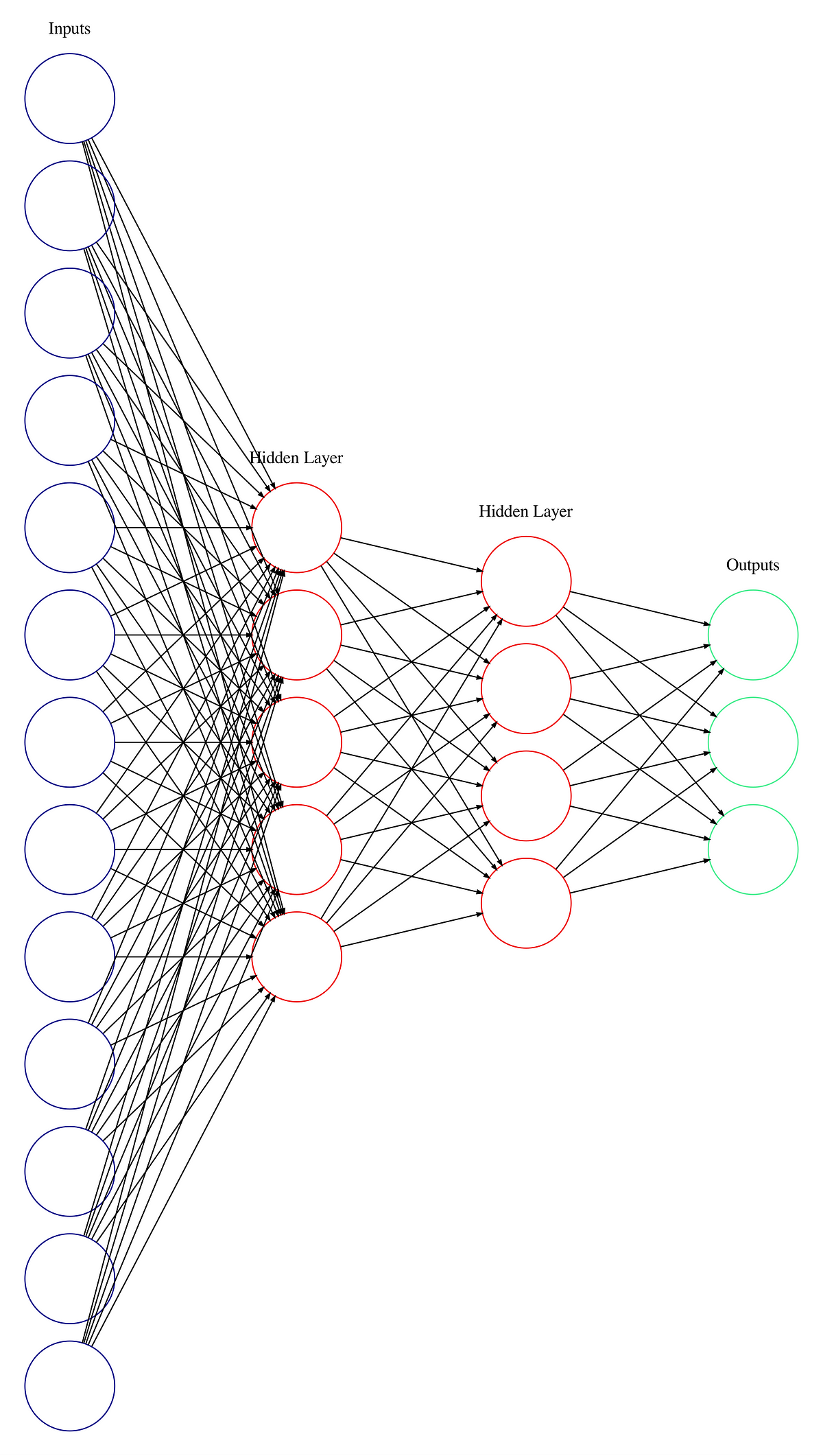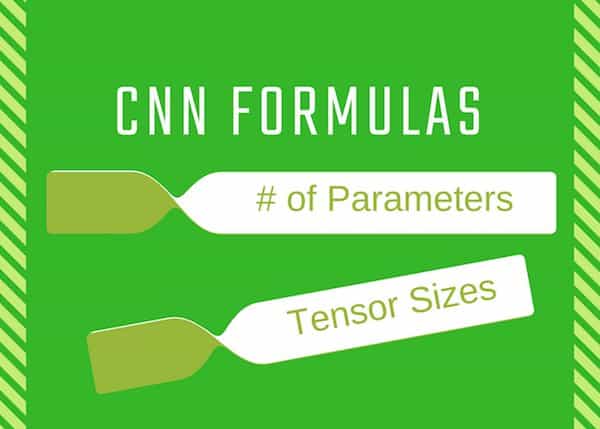Calculating CNN Parameters: A Simple Guide
Learn how to calculate the number of parameters in convolutional neural networks (CNNs) to understand their complexity and optimize performance.
Learn how to calculate the number of parameters in convolutional neural networks (CNNs) to understand their complexity and optimize performance.
Understanding the number of parameters in a convolutional neural network (CNN) is crucial for comprehending its complexity and potential for learning. This guide provides a step-by-step approach to calculate the parameter count in a convolutional layer.
To calculate the number of parameters in a convolutional layer, follow these steps:
Identify key variables:
k: Number of filters (or kernels)f: Filter size (assuming square filters, e.g., 3x3)c: Number of channels in the input image (e.g., 3 for RGB)Calculate parameters per filter:
f * f * c
(f * f * c) + 1
Calculate total parameters:
((f * f * c) + 1) * k
Example:
k = 32 # Number of filters
f = 3 # Filter size (3x3)
c = 3 # Input channels (RGB)
parameters_per_filter = (f * f * c) + 1
total_parameters = parameters_per_filter * k
print(total_parameters) # Output: 896
This calculation ensures you account for all the weights and biases within a convolutional layer.
This Python code defines a function to calculate the number of parameters in a convolutional layer of a neural network. It takes the number of filters, filter size, and input channels as input. It calculates and returns the total number of parameters, accounting for weights and biases. An example usage demonstrates the function with specific values for a convolutional layer.
def calculate_conv_layer_params(k, f, c):
"""
Calculates the number of parameters in a convolutional layer.
Args:
k: Number of filters.
f: Filter size (assuming square filters).
c: Number of channels in the input image.
Returns:
The total number of parameters in the convolutional layer.
"""
parameters_per_filter = (f * f * c) + 1
total_parameters = parameters_per_filter * k
return total_parameters
# Example usage
k = 32 # Number of filters
f = 3 # Filter size (3x3)
c = 3 # Input channels (RGB)
total_parameters = calculate_conv_layer_params(k, f, c)
print(f"Total parameters in the convolutional layer: {total_parameters}") Explanation:
Function Definition:
calculate_conv_layer_params to encapsulate the calculation logic, making it reusable.k, f, and c as input arguments.Calculation:
parameters_per_filter.k to get total_parameters.Return Value:
total_parameters.Example Usage:
k, f, and c.This code provides a clear and reusable way to calculate the number of parameters in a convolutional layer, making it easier to understand and analyze the complexity of your convolutional neural networks.
f_height * f_width instead of f * f.Additional Considerations:
| Variable | Description |
|---|---|
k |
Number of filters (kernels) |
f |
Filter size (assuming square filters, e.g., 3x3) |
c |
Number of channels in the input image (e.g., 3 for RGB) |
Calculation:
(f * f * c) + 1
((f * f * c) + 1) * k
Explanation:
f * f * c weights (one for each pixel in the filter and input channel) and 1 bias term.By understanding how to calculate the number of parameters in a convolutional layer, you gain valuable insights into the complexity and capacity of your CNN models. This knowledge empowers you to make informed decisions regarding architecture choices, regularization techniques, and resource allocation for training and deployment. Remember to consider factors like padding, strides, and weight sharing for a comprehensive understanding of parameter efficiency in your convolutional neural networks.
 How to calculate the number of parameters in CNN? - GeeksforGeeks | A Computer Science portal for geeks. It contains well written, well thought and well explained computer science and programming articles, quizzes and practice/competitive programming/company interview Questions.
How to calculate the number of parameters in CNN? - GeeksforGeeks | A Computer Science portal for geeks. It contains well written, well thought and well explained computer science and programming articles, quizzes and practice/competitive programming/company interview Questions. Simple Explanation for Calculating the Number of Parameters in ... | Total number of parameters, output shape in the Convolution layer Photo by Yan Krukov from Pexels In this article, we will go through two important concepts in the convolution layer. How to calcula…
Simple Explanation for Calculating the Number of Parameters in ... | Total number of parameters, output shape in the Convolution layer Photo by Yan Krukov from Pexels In this article, we will go through two important concepts in the convolution layer. How to calcula… Understanding and Calculating the number of Parameters in ... | If you’ve been playing with CNN’s it is common to encounter a summary of parameters as seen in the above image. We all know it is easy to…
Understanding and Calculating the number of Parameters in ... | If you’ve been playing with CNN’s it is common to encounter a summary of parameters as seen in the above image. We all know it is easy to… How to calculate the number of parameters in the CNN? | by ... | Every Machine Learning Engineer/Software Developer/Students who interested in Machine Learning have worked on Convolution Neural Network…
How to calculate the number of parameters in the CNN? | by ... | Every Machine Learning Engineer/Software Developer/Students who interested in Machine Learning have worked on Convolution Neural Network… How to Calculate parameters in Convolutional Neural Network (CNN) | Jun 14, 2023 ... We see there are three columns: layer type, output shape and number of parameters. Before probing deeper into the calculation of parameters, let ...
How to Calculate parameters in Convolutional Neural Network (CNN) | Jun 14, 2023 ... We see there are three columns: layer type, output shape and number of parameters. Before probing deeper into the calculation of parameters, let ... Parameter calculation for 2D Convolutions, Calculating total number ... | Generally speaking, the larger the internal structure of a neural network is, the more data points it needs to train. A general-principle…
Parameter calculation for 2D Convolutions, Calculating total number ... | Generally speaking, the larger the internal structure of a neural network is, the more data points it needs to train. A general-principle… Number of Parameters and Tensor Sizes in a Convolutional Neural ... | How to calculate the sizes of tensors (images) and the number of parameters in a layer in a Convolutional Neural Network (CNN). We share formulas with AlexNet as an example.
Number of Parameters and Tensor Sizes in a Convolutional Neural ... | How to calculate the sizes of tensors (images) and the number of parameters in a layer in a Convolutional Neural Network (CNN). We share formulas with AlexNet as an example.